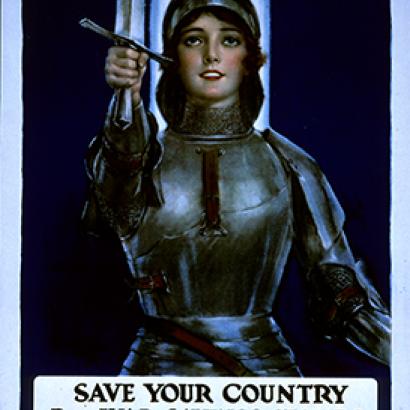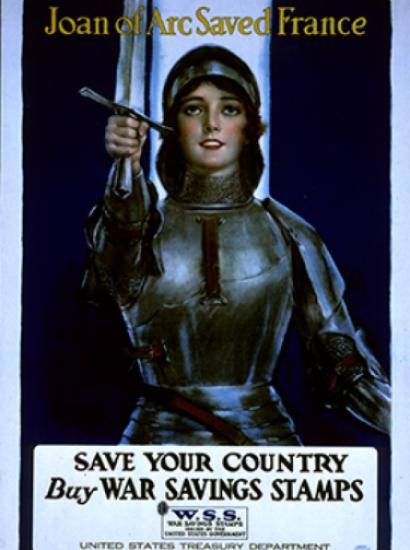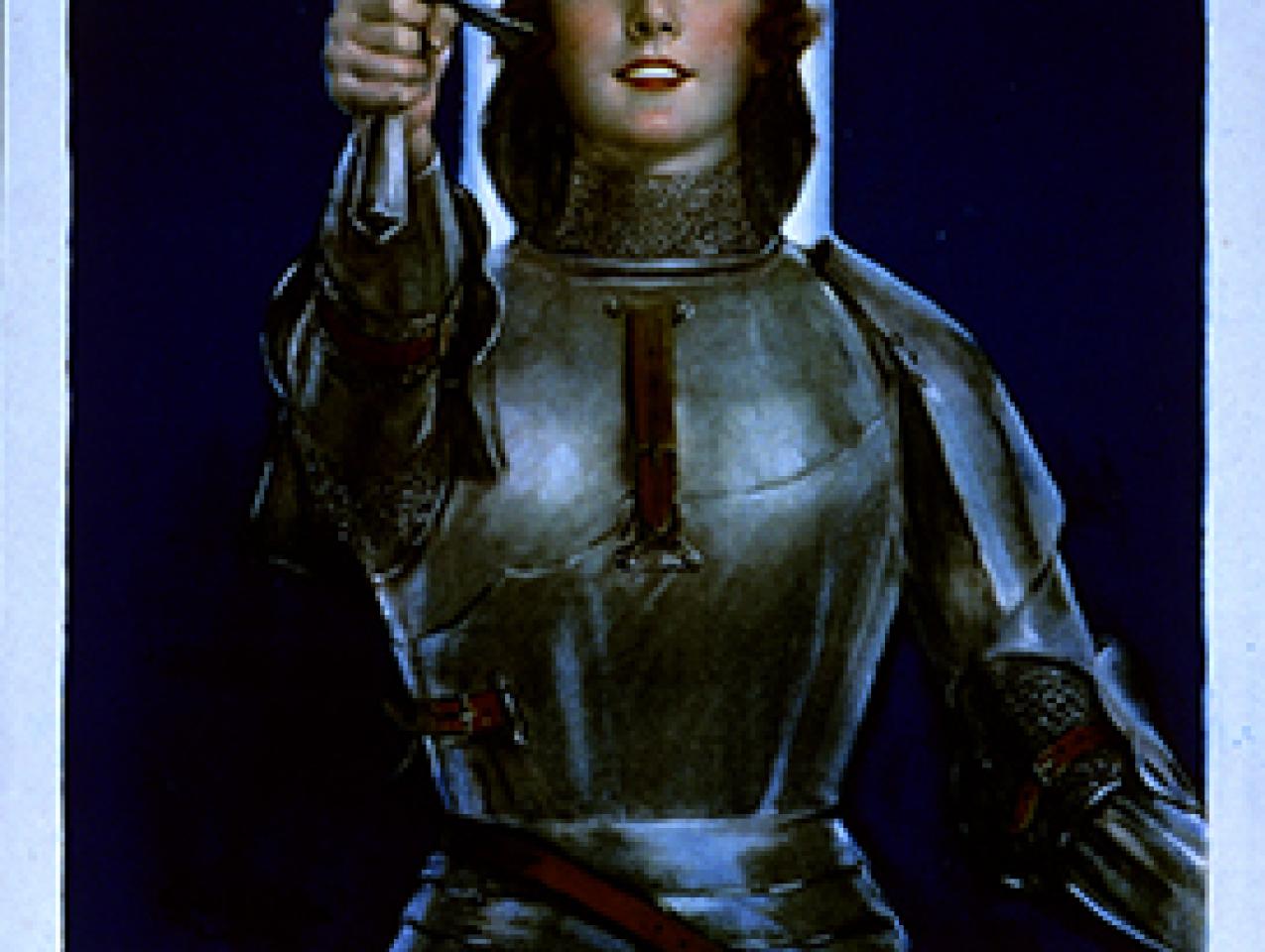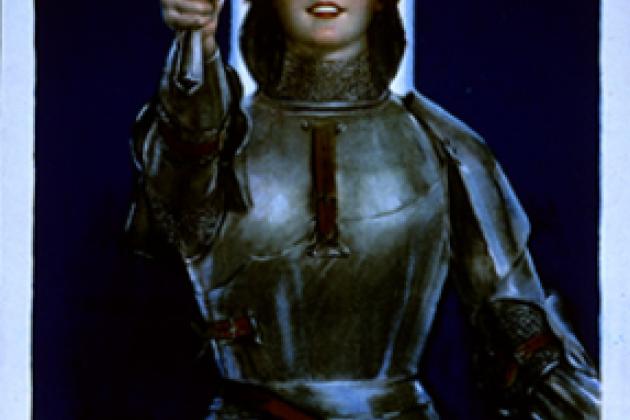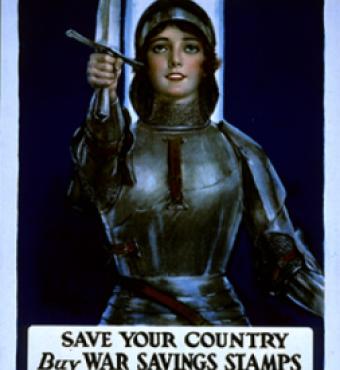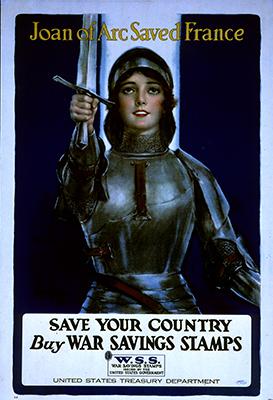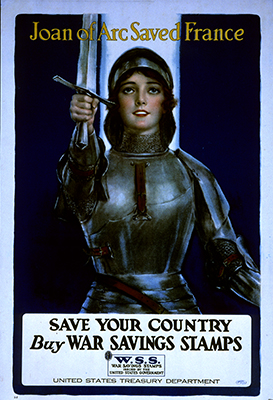
The Thirty Years’ War in the German states between 1618 and 1648 has been invoked repeatedly in discussing the Syrian conflict, with commentators focusing on the multiple sides in the struggle and the interference by great powers. While those are surface similarities, there have been plenty of multi-sided conflicts and competitive great power interventions. The real lessons we might take to heart are that it’s far easier to get into conflicts that mingle dynastic ambitions, competing faiths, and quarrelsome ethnicities than it is to get out of them; that extended periods of warfare impose disproportionate casualties on civilian populations; and that late entrants have the best chance of winning.
The physical destructiveness and desolation of war are even greater now, the ferocity more compressed. The armies of the early seventeenth century did not wield the destructive power of twenty-first century militaries or possess the wealth to sustain their commitments at a decisive level: One after another, the powers that ravaged the German-speaking world four centuries ago wore out their armies and bankrupted their states, profoundly rearranging power relationships on the European continent: France rose, Spain faded, and the Polish commonwealth, long Europe’s bulwark against the Turks and Russians, was fatefully weakened. Well before the war’s end, the German states lay in ruins, so impoverished and depopulated that composers, such as Heinrich Schuetz, had to write their compositions for plague-thinned choirs and shrunken court ensembles.
Perhaps another resemblance is that no one saw a war of such a scale coming in the Germanies. There had been strife and minor wars in the wake of the Reformation, but, for centuries, the European prize over which great powers competed had been wealthy Italy, with its squabbling principalities and dukedoms, its treasure-house cities and bedazzling statelets, from the Venetian Republic to Angevin Sicily. No one except Germans and the Holy Roman Emperor much cared for the brute lands north of the Alps.
Then a political stunt in Prague precipitated what seemed at first to be a minor campaign, with mercenaries suppressing a popular uprising (yet another similarity). But from those local beginnings, the greatest European catastrophe between the Black Death and the Second World War metastasized. Germans fought Germans, as hirelings swapped sides. Denmark then Sweden intervened. Power politics raged while fanaticism burned. The Netherlands played for advantage. Spain engaged, then France. Combat stretched from Flanders to Hungary, with the English Civil War as a corollary struggle. What had begun as a contest between confessions degenerated into a naked fight for spoils. And not one of the foreign powers, once in, could fully extract itself until the peace of exhaustion was signed in Westphalia.
Even then, major issues went unresolved: The ascendant power, France, would march back into the convalescing German states for the next sixteen decades. Poland would stand, weakened and alone, against Tartars, Turks, Cossacks, Russians, and Swedes. The House of Habsburg would need a half-century to regain its footing. Spain never recovered from the French slaughter of its tercios on the plains of Rocroi. And England, a careful non-participant, was on its way to becoming the continent’s referee and a wooden-ship superpower.
No one foresaw the way their world would change. The war bled treasuries and armies. But the greatest devastation was wreaked upon civilians. Confessional slaughters marred the war’s first decade, but thereafter general mayhem, rape, robbery, torture for the pleasure of it, and casual murder (Syria again) allied with widespread famine and repeated waves of plague to depopulate towns, gut cities, leave fields untilled, and humanity reduced to barbarism. Even after the peace, brigandage would haunt the German world for decades. And thirty-five years after the peace, the Ottomans would nearly take Vienna from a still-struggling Habsburg Empire (the city was saved by the Poles, who got no gratitude).
In Syria, we see the civilian suffering, the rampaging mercenaries, and the expanding role of great powers unable or unwilling to disengage. What began as an uprising uniting an offended faith with the secular ambitions of an oppressed society has become a contest of empires threatening to upend the long-standing order in the region. Cast Aleppo as Magdeburg, and the only difference is that the latter city was not destroyed intentionally.
Is Russia Spain? Are we France? Or might it be the other way around?
As with the Thirty Years’ War and the German-speaking lands, the struggle has long since expanded beyond Syria, and those who compared it to the Thirty Years’ War in likely duration may find its length in the Middle East closer to the Hundred Years’ War, but distinctly lacking a Joan of Arc.
[A note to readers: Anyone fluent in German should track down the greatest portrait of a society collapsing under the strains of extended war since Gibbon dissected the Romans, historian Ricarda Huch’s fierce masterpiece, Der Dreissigjaerhrige Krieg (also published as Der Grosse Krieg in Deutschland). A revelatory and haunting work of “narrative history,” it’s appalling that this book has not been translated into English. And anyone interested in secondary effects can read Allesandro Manzoni’s classic novel of northern Italy during the Thirty Years’ War, The Betrothed (I Promessi Sposi), which is readily available in English and a hoot.]







